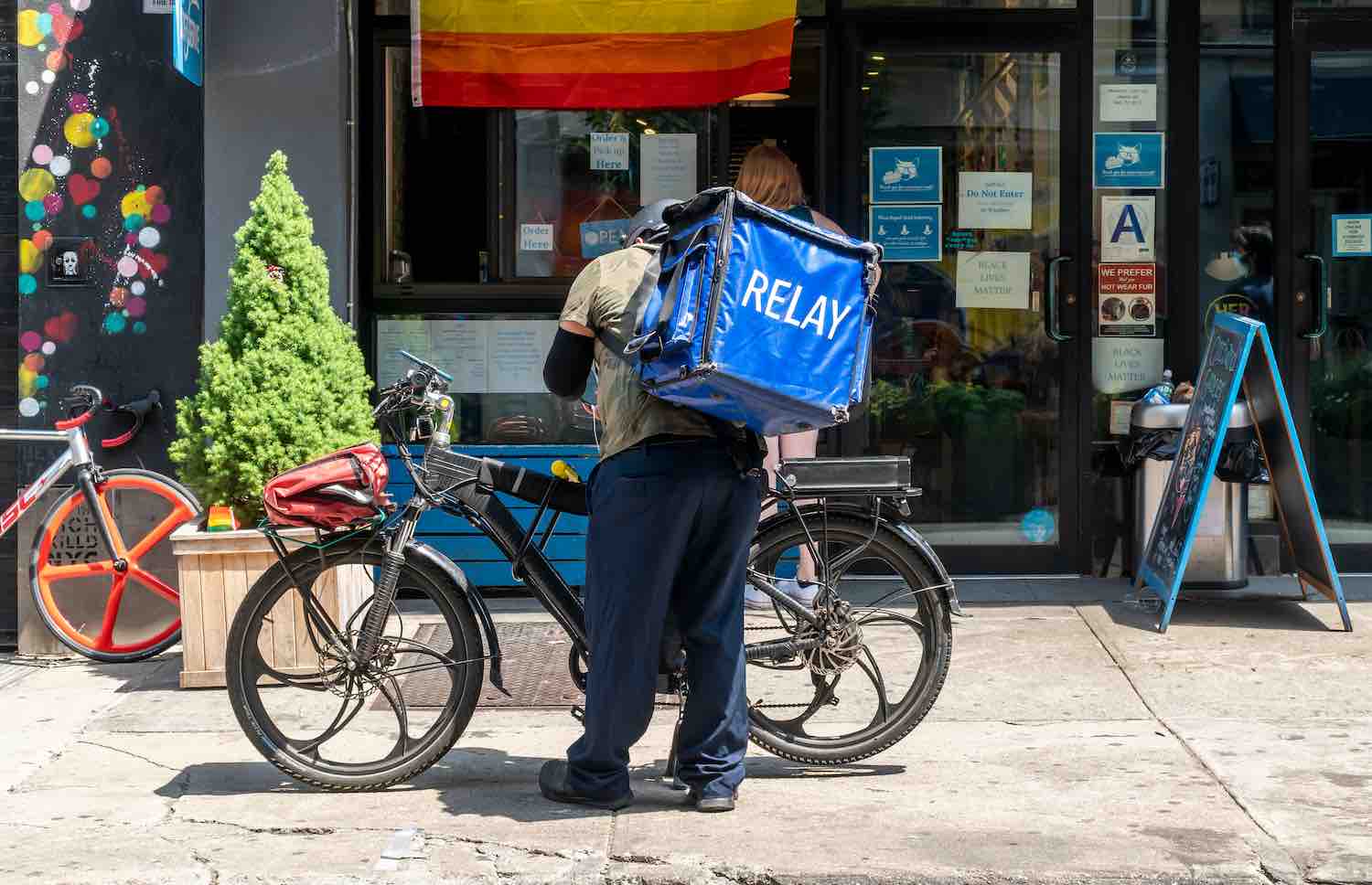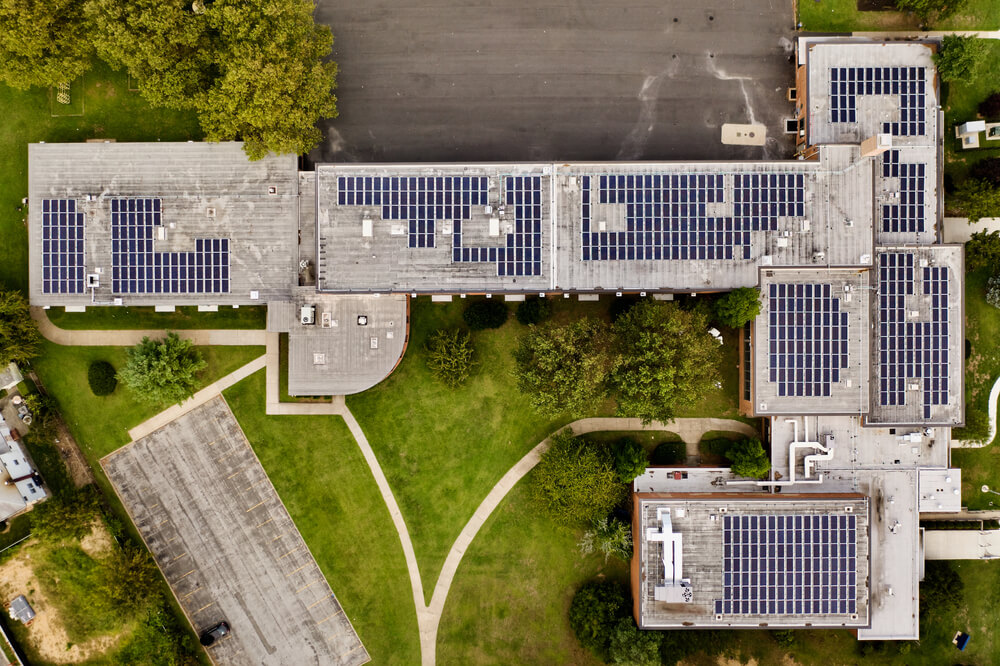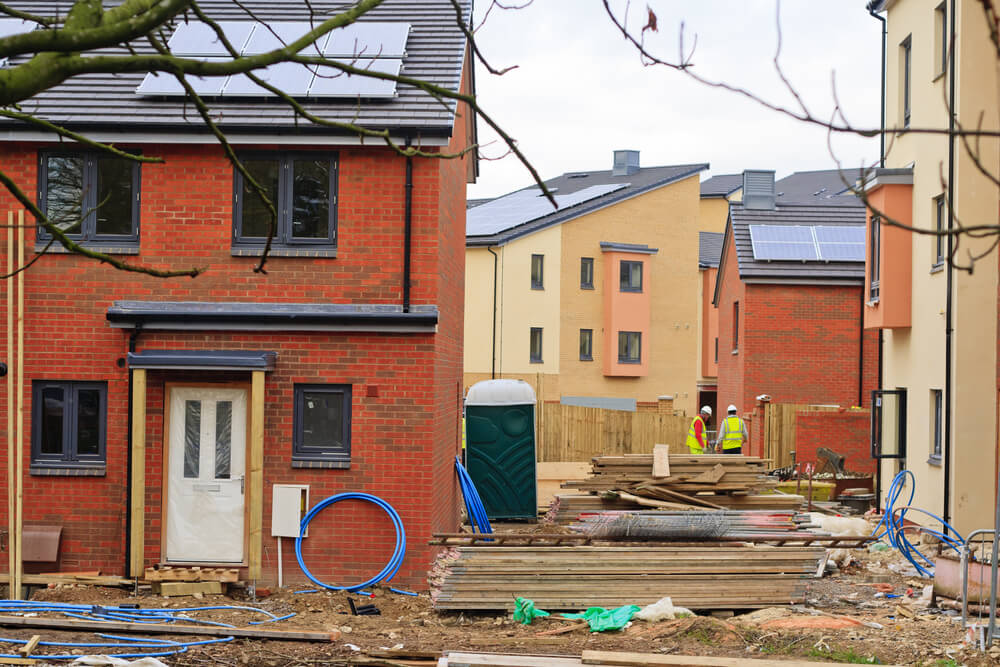ImpactAlpha, March 17 – The Covid pandemic shined a light on the vital role of community lenders, which provided a lifeline to the smallest and most vulnerable businesses.
Despite their heroic role, many community development financial institutions, or CDFIs, are as underfunded as their borrowers. “Community Recovery Vehicles,” piloted in New York, California, the state of Washington and 15 states across the South, suggest a way to scale up community financing.
Designed by Calvert Impact Capital, the Community Reinvestment Fund and local partners and funders, the model blends capital from private, public, and philanthropic investors into a special purpose vehicle to buy loans from the CDFIs, freeing up their balance sheets for further lending.
“The new financing structures and cross-sector alliances born from necessity have now set the bar for what this industry can accomplish,” said Calvert’s Beth Bafford.
Scaling impact
The four vehicles supported a total of $210 million in loans to 3,500 businesses, according to a new analysis. The average loan size was $60,000, two-thirds of the businesses funded were owned by women and people of color, and more than 90% had less than $1 million in revenue and fewer than 10 employees, disqualifiers for typical bank loans.
In New York, where the state helped fund the New York Forward Loan Fund, 68% of loan recipients did not have other access to credit. Borrowers reported improved finances and job retention – and reduced stress.
“There is a human behind every data point and listening to these small business owners provides new insight on the impact of access to capital – directly from those who matter most,” said Lindsay Smalling of 60 Decibels, which prepared the report.











